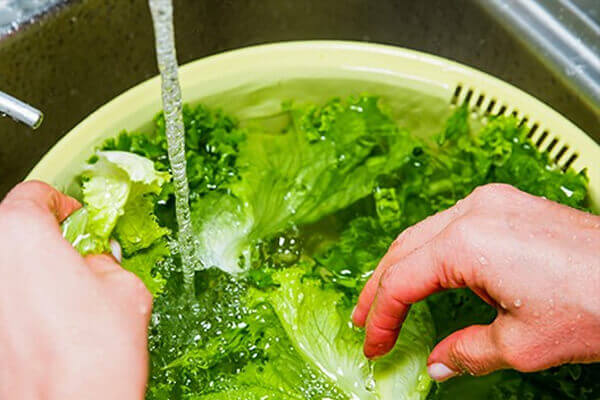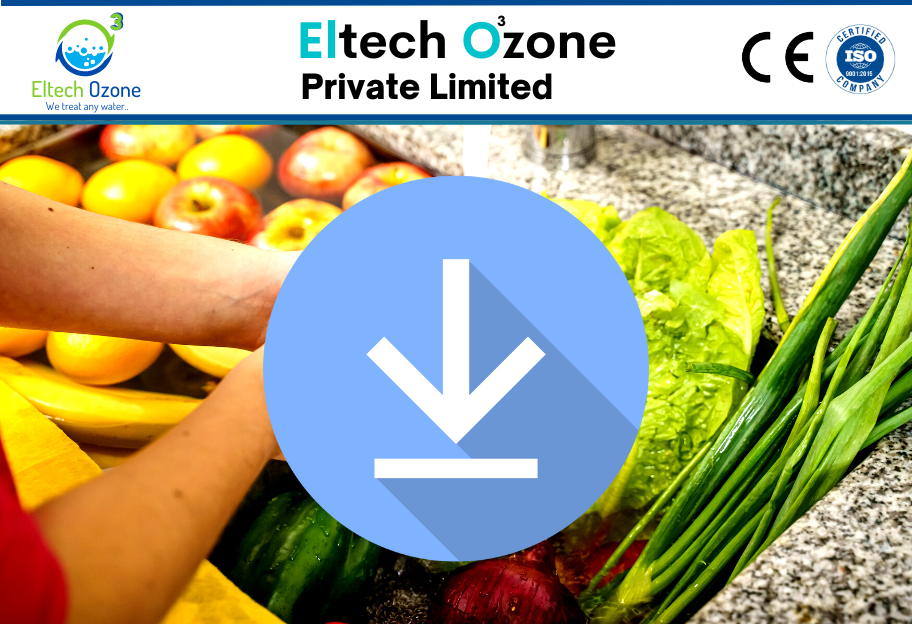Ozone Generator for Fruits and Vegetable Cleaning
- Home
- Appli..
- For Water...
- Ozone Generator for Fruits and Vegetable Cleaning
What is Ozone Generator for Fruits and Vegetable Cleaning?
An ozone generator for fruits and vegetable cleaning is a device that produces ozone gas, which is used as a powerful disinfectant to clean and sanitize fruits and vegetables. Ozone is a highly reactive molecule that can destroy bacteria, viruses, and other contaminants on the surface of fruits and vegetables, making it an effective method for ensuring the safety and quality of fresh produce.
Ozone treatment is commonly used in food processing and packaging industries to help maintain the quality and freshness of produce by reducing the number of microorganisms present on the surface. It can also help to remove pesticides, herbicides, and other chemical residues from the surface of fruits and vegetables, making them safer and healthier for consumption.
Benefits of Ozone Generator for Fruits and Vegetables Cleaning
- Enhanced disinfection: Ozone is a powerful oxidizing agent that can destroy a wide range of microorganisms on the surface of fruits and vegetables, including bacteria, viruses, and other pathogens, helping to ensure the safety and quality of fresh produce.
- Reduced chemical usage: Ozone treatment can reduce the amount of chemicals required for disinfection, minimizing the environmental impact and reducing costs associated with chemical disposal.
- Improved shelf life: Ozone treatment can help to slow down the growth of microorganisms on the surface of fruits and vegetables, helping to extend their shelf life and maintain their quality and freshness.
- Environmentally friendly: Ozone is a natural and environmentally friendly disinfectant that breaks down into oxygen, leaving no harmful residues or byproducts.
- Improved food safety: Ozone treatment can help to reduce the risk of foodborne illnesses associated with the consumption of contaminated fruits and vegetables.
Overall, the use of an ozone generator for fruits and vegetable cleaning offers a safe, effective, and environmentally friendly method for cleaning and sanitizing fresh produce, helping to improve food safety, reduce costs, and minimize environmental impacts.
Click here to read more about Ozone Generator for Fruits and Vegetables Cleaning


